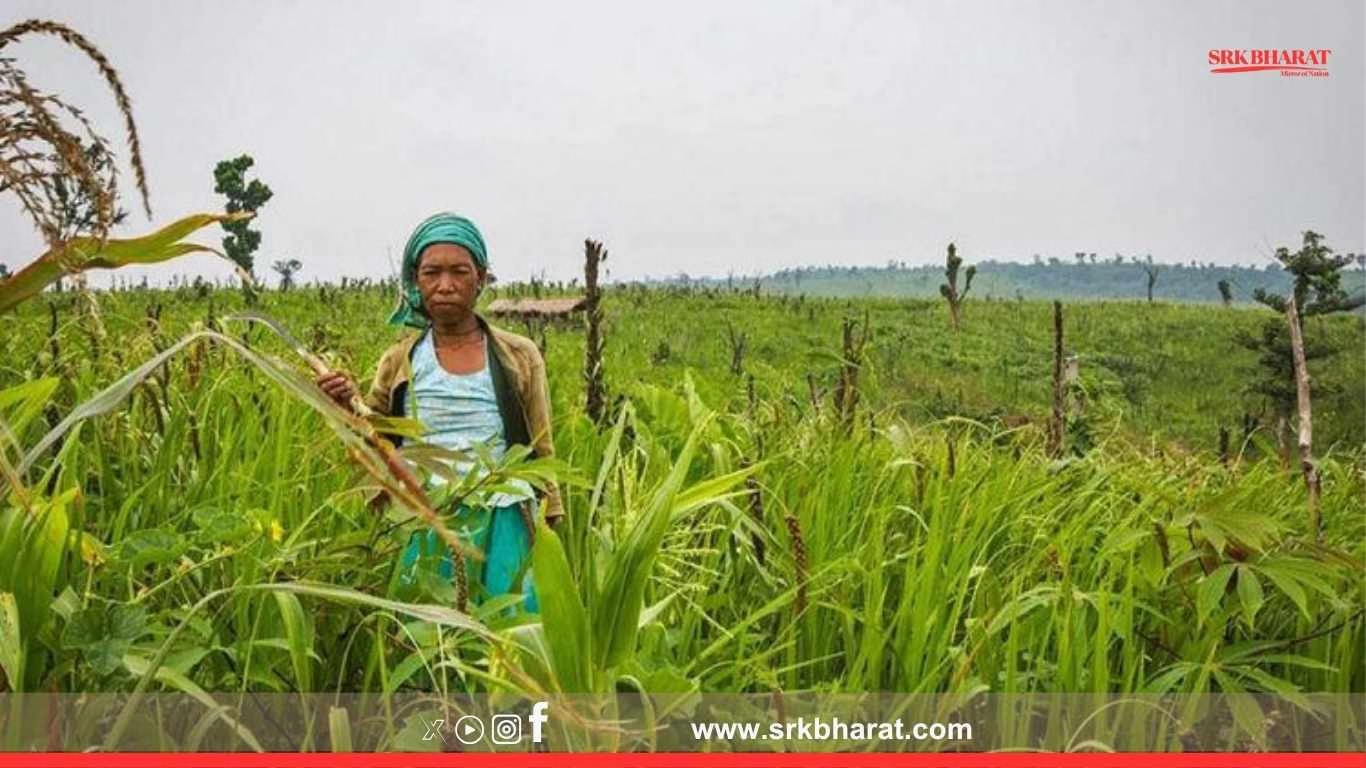India’s ambitious Arunachal Pradesh Frontier Highway project has sparked concerns among environmentalists and wildlife experts as it is set to divert over 310 hectares of land from Namdapha Tiger Reserve, one of the richest biodiversity hotspots in the Eastern Himalayas. The highway, proposed along the Line of Actual Control (LAC), is a strategic infrastructure initiative aimed at strengthening border connectivity but has ignited fears of irreversible ecological damage.
What Is The Arunachal Frontier Highway Project?
The Arunachal Frontier Highway, also known as the Mago-Thingbu-Vijaynagar Highway, is a 1,748 km road proposed to run parallel to the India-China border in Arunachal Pradesh. Estimated to cost ₹40,000 crore, it will pass through multiple sensitive ecological zones, including the Namdapha Tiger Reserve in Changlang district, to provide robust logistical and defence connectivity along India’s eastern border.
Namdapha Tiger Reserve: India’s Last Great Eastern Wilderness
Spread over 1,985 sq km, Namdapha is India’s easternmost tiger reserve, sharing borders with Myanmar. It is home to:
- Four big cats: tiger, leopard, clouded leopard, snow leopard
- Over 500 bird species
- Rich floral diversity with thousands of endemic plant species
- Rare primates like Hoolock gibbons and capped langurs
The reserve’s elevation gradient from 200 m to 4,500 m creates diverse habitats, making it a global biodiversity hotspot within the Eastern Himalayas.
Why Is The Highway Passing Through Namdapha?
According to the Ministry of Road Transport and Highways, routing the highway through Namdapha Tiger Reserve is essential for strategic connectivity in the region. Alternative routes are logistically challenging due to rugged topography and dense forests. The planned stretch will cut through the southern part of the reserve, connecting Vijaynagar, an isolated administrative outpost bordering Myanmar, with Miao and further north.
Environmentalists Raise Alarm Over The Diversion
Wildlife experts and conservation NGOs have strongly opposed the diversion of 310 hectares (approximately 765 acres) of critical tiger reserve land. Key concerns include:
- Habitat Fragmentation: The highway will bisect core forest areas, disrupting movement corridors of tigers, elephants, clouded leopards, and other mammals.
- Poaching Threats: Improved access could exacerbate illegal wildlife trade and timber smuggling along the Indo-Myanmar border.
- Disturbance To Indigenous Tribes: The Lisu tribe residing within Vijaynagar may see socio-cultural disruptions due to increased outsider access.
- Impact On Endangered Species: Species such as the White-bellied Heron, critically endangered globally, could face heightened threats from noise, pollution, and habitat degradation.
Statements From Wildlife Experts
Dr. Anish Andheria, President, Wildlife Conservation Trust
“Namdapha is irreplaceable. Diverting even a small part could have cascading effects on its delicate ecosystem. Infrastructure projects must avoid biodiversity hotspots.”
Rohit Choudhury, Environmental Activist
“The proposed route will destroy pristine forests, cause erosion, and open up the area to illegal activities. Strategic goals must be balanced with ecological wisdom.”
Proposed Mitigation Measures By The Government
To address environmental concerns, the Ministry has proposed:
- Elevated viaducts and tunnels in ecologically sensitive patches to reduce surface disruption
- Wildlife underpasses to maintain animal corridors
- Strict anti-poaching surveillance during and after construction
- Compensatory afforestation in degraded forest lands
However, conservationists argue that mitigation cannot replace original habitats, especially in a region as biodiverse as Namdapha.
Legal And Policy Framework For Forest Diversion
| Requirement | Status For Namdapha Diversion |
|---|---|
| Forest Clearance under FCA 1980 | In process; proposal submitted to MoEFCC |
| Wildlife Clearance under WLPA 1972 | Required due to core tiger reserve diversion |
| Clearance from National Board for Wildlife (NBWL) | Mandatory for tiger reserves |
| Environmental Impact Assessment | Under preparation by project consultants |
Experts have urged that comprehensive impact assessments must include biodiversity, hydrology, and socio-cultural effects, not just linear infrastructure feasibility.
Strategic Importance Vs Ecological Cost
The Frontier Highway is viewed as a strategic counter to China’s infrastructure build-up along the LAC. Defence analysts argue that the road will:
- Enable rapid troop mobilisation and logistics supply in border areas
- Reduce dependence on vulnerable valleys for military access
- Integrate border villages with economic opportunities, enhancing India’s territorial hold
However, conservationists insist that national security and ecological security are not mutually exclusive. A senior forest officer in Arunachal noted:
“We need alternative alignments that do not cut through core reserves. Biodiversity loss cannot be compensated merely with plantation.”
Examples Of Past Infrastructure Impact In Northeast India
| Project | Impact Summary |
|---|---|
| Trans Arunachal Highway | Fragmentation of elephant and hoolock gibbon habitats |
| Dibang Valley Hydel Projects | Loss of Idu Mishmi tribal habitats and wildlife corridors |
| NH-37 Kaziranga Realignment | Frequent wildlife road kills despite speed restrictions |
These precedents underline the critical need for cautious planning in ecologically sensitive areas.
Local Community Perspectives
The Lisu tribe of Vijaynagar has welcomed the project for its potential to end decades of isolation, improve healthcare, education, and market access. However, they remain concerned about possible cultural erosion and outsider influx affecting their traditional livelihoods.
Way Forward: Balancing Development And Conservation
Experts suggest the following measures to minimise irreversible ecological damage:
- Exploring Alternative Alignments: Routes avoiding core protected areas even if technically longer
- Stringent Environmental Governance: Independent monitoring by wildlife institutes and NGOs
- High-Quality Mitigation Infrastructure: Engineered underpasses, canopy bridges, and viaducts
- Community-Led Conservation: Empowering local tribes in protection and monitoring efforts
Conclusion
The Arunachal Frontier Highway is a project of strategic national significance, but its alignment through Namdapha Tiger Reserve poses critical ecological risks. Balancing development, defence, and biodiversity conservation will require transparent impact assessments, innovative engineering solutions, and active participation of local communities and environmental stakeholders.
As India marches towards infrastructural self-reliance in border areas, the fate of its richest wildernesses like Namdapha hangs in the balance, demanding informed decisions that secure both national security and ecological legacy.
Disclaimer: This news content is based on government proposals, expert opinions, and public information. It does not constitute policy advice or legal interpretation. Readers are encouraged to refer to official environmental clearance documents for project specifics before drawing conclusions or making decisions related to conservation or development investments.











